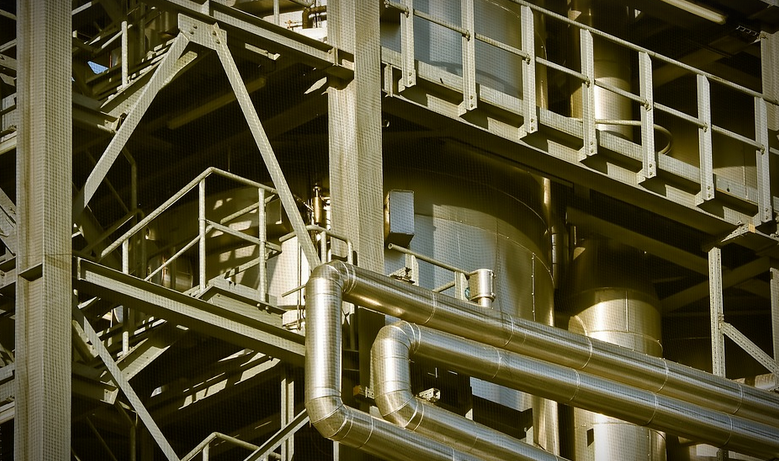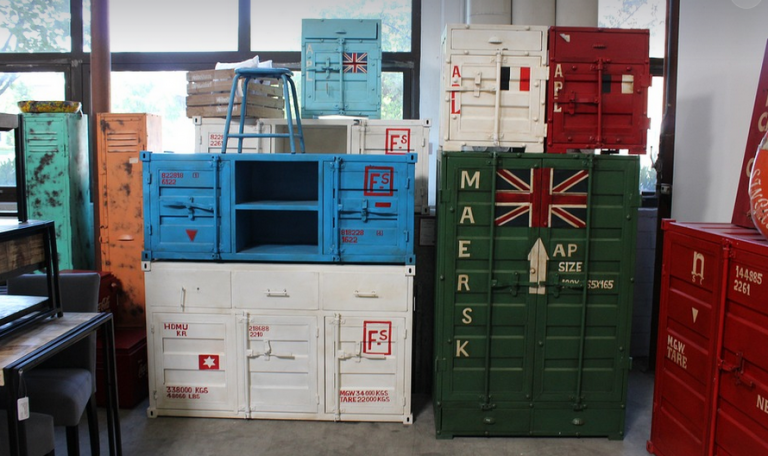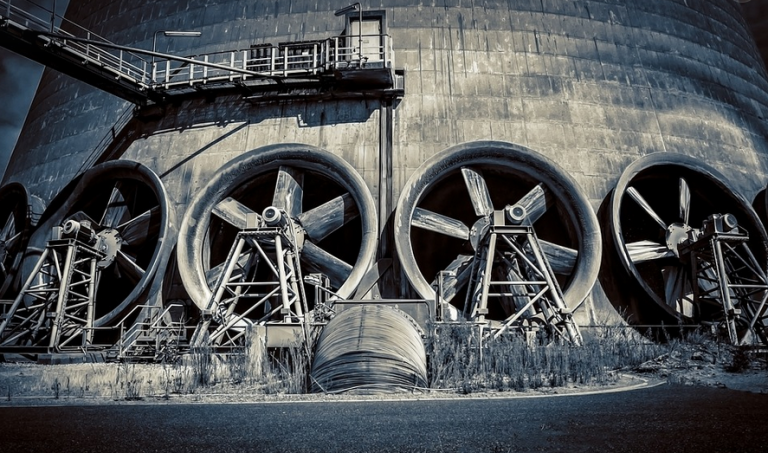
The Importance of Choosing the Correct Reagent
Imagine you’re building a house. You wouldn’t just buy any random brick, right? You’d carefully select bricks that fit your design and complement the overall structure. In chemistry, it’s similar—choosing the right reagent is crucial for a successful reaction.
Reagents are the essential building blocks of chemical reactions. They provide the necessary ingredients to initiate and drive desired transformations. Selecting the right reagent is not just about picking something that reacts; it’s about understanding how each reagent interacts with your target molecule – like a detective uncovering clues to solve a mystery.
Think of a reaction as a musical composition. A beautiful melody won’t be achieved if the instruments are out of tune, right? Similarly, your reagents need to work harmoniously with each other in order for your desired product to be formed.
Factors Shaping Reagent Selection
Before diving into specific reagent choices, consider these factors that influence the selection process:
- Reaction Type and Mechanism: Every reaction has its own unique set of rules. Are we dealing with a substitution, addition, or elimination reaction? Understanding the mechanism is key to understanding which reagents will be most effective.
- Starting Materials: The type of molecules you want to transform play a crucial role in selecting the appropriate reagent. For instance, if your starting material is an aromatic ring, you might use a Friedel-Crafts catalyst for reactions with alkyl halides. However, if it’s an alkane, a different set of reagents would be needed.
- Reaction Conditions: Temperature, pressure, pH, and solvent all influence the reaction pathway and hence the reagent choice. Some reagents might only work at specific conditions, while others might be incompatible with certain solvents.
These factors are like the notes in a musical score – each one contributes to the overall harmony of the reaction.
Reagent Properties: The Silent Dancers of Chemistry
Reagent properties can significantly impact a reaction. Think about how you might choose the best fabric for a project based on its texture, weight, and color – it’s similar in chemistry!
- Reactivity: The ability of a reagent to participate in a reaction is vital. A highly reactive reagent will likely react with your starting material more readily than one that’s less active.
- Selectivity: Some reagents are selective, meaning they favor specific parts of your molecule to react. This can be crucial for creating complex molecules or isolating desired products from a mixture.
- Stability and Safety: A reagent should be stable under the reaction conditions. It should also be safe to handle and dispose of, ensuring everyone’s well-being in the process.
- Cost and Availability: Some reagents might be more expensive or difficult to obtain than others. It is often necessary to consider these factors when budgeting for a project.
Reagent Selection as Part of an Artistic Process
Imagine you’re designing an art piece. You wouldn’t just pick any brush and start painting, right? You would select the tools, paints, and techniques based on your vision and the desired effect.
Reagent selection is a similar process of creating art in the chemical realm. The choice of reagents can add layers of complexity and beauty to your reactions. It can allow you to control reaction pathways in fine detail, leading to increased precision and potentially unique products.
Finding the Perfect Fit: A Guide to Reagent Selection
Choosing the right reagent is not merely about knowing what reagents exist; it’s about understanding how they interact with your starting material, factoring in reaction conditions, and ensuring their safety and cost-effectiveness.
Here are some guiding principles to help you select the ideal reagent:
- Start Simple: Begin by considering the most straightforward reactions first. You’re less likely to make mistakes when you have a clear understanding of the basics.
- Utilize Resources: There are countless resources available, including textbooks, online databases, and expert advice. Don’t hesitate to tap into these sources for guidance.
- Experimentation: Don’t be afraid to try different reagents! You can use small-scale experiments to test out various options before committing fully to a selected reagent.
Through careful selection and experimentation, you’ll unlock the full potential of your chemical reactions, crafting beautiful structures of molecules with precision and finesse – just like an artist uses their tools to create art!
The Art of Reagent Selection: A Journey into Chemistry



